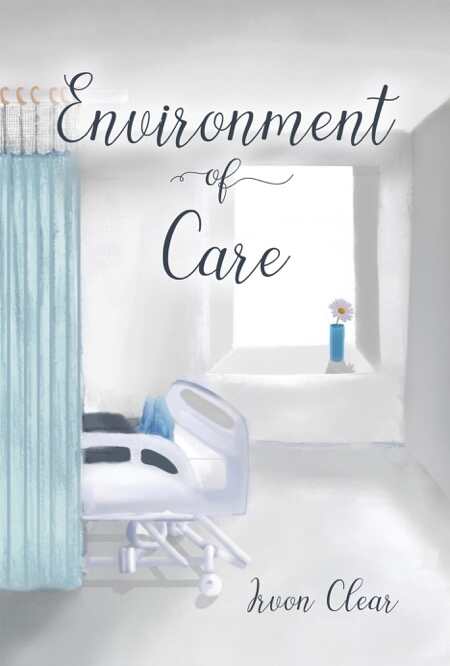
Environment of Care
The novel Environment of Care is set in a hospital, where the staff discusses the critical functions of their surroundings.
Irvon Clear’s novel Environment of Care is set in a hospital, where the engineering and maintenance personnel play a significant role.
The story begins during a Monday morning meeting, during which the hospital’s chief engineer, Phil, is faced with the hospital director’s concerns about the cost of a mental health renovation project that he is in charge of. Once the meeting ends, the book continues to follow the maintenance team and other hospital staff as they identify and solve issues when they arise.
But Phil and his coworkers’ discussions are saturated with rote details that slow the story’s pace, including about the shortage of nurses, restroom problems that interrupt normal operations, staffing and cost-cutting, software upgrades, and communications. The hospital’s workers have collegial exchanges, too, but these are often dull: they stick to formal, hospital-related matters. And the book’s many conversations are punctuated by other long, uneventful meetings, as well. There are some more exciting occurrences: the hospital staff wrangles with the emergence of the Ebola outbreak, for example. But even these shake-ups are handled via businesslike dialogue.
Beyond hospital operations, Phil’s personal life is also a topic of concern. Outside of work, it is revealed, he, his brother, and his sister work to take care of their elderly mother. But despite such sympathetic actions, he is short on personality; indeed, even when it comes to Phil’s characterization, the book is most focused on his life at the hospital. His coworkers are developed in a similar manner: they are only explored according to how they perform within the hospital environment, without consideration of their backgrounds and true personalities.
The story incorporates a great deal of medical jargon as the hospital staff discusses topics like water safety as they concern the diseases they confront. It becomes bogged down in its technical details, which are shared to excess. Such exchanges hold the audience at a distance, as do dialogues about the functioning of a hospital’s laundry unit, contamination problems, and the IT department’s functions. Further, such conversations run for long stretches, making considerable portions of the narrative inaccessible to general readers. And beyond the hospital’s daily grind come more meditative discussions, too: of creation as a gradual process, about how human beings gained power over their environments, and with suggestions for humanity’s future. These are an awkward fit with the main story, though, and they undermine the book’s sense of cohesion.
The novel Environment of Care is dry as it covers the critical functions of a hospital’s maintenance unit and other staff.
Reviewed by
Edith Wairimu
Disclosure: This article is not an endorsement, but a review. The publisher of this book provided free copies of the book and paid a small fee to have their book reviewed by a professional reviewer. Foreword Reviews and Clarion Reviews make no guarantee that the publisher will receive a positive review. Foreword Magazine, Inc. is disclosing this in accordance with the Federal Trade Commission’s 16 CFR, Part 255.
